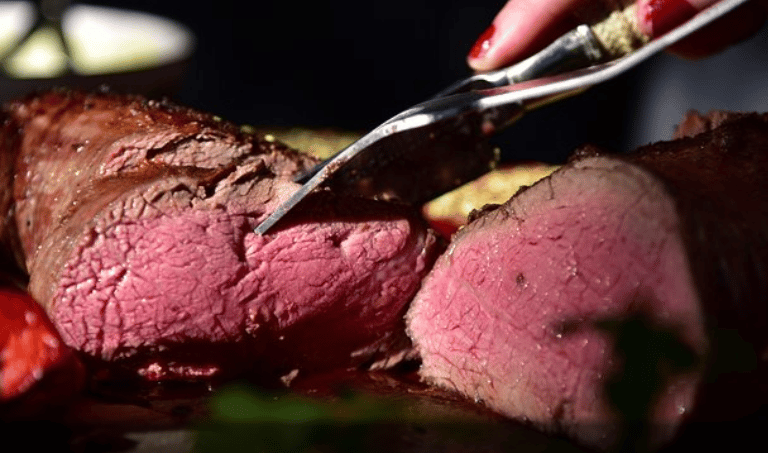Grills Vs. Smokers - Differences Between Smoking & Grilling Meat
Yes, there is a difference.
BBQ RECIPIES AND IDEAS
Grills Vs. Smokers - Differences Between Smoking & Grilling Meat
The countdown to backyard barbecue season is officially on. Are you ready? If you're new to the game, you might think all barbecuing methods are created equally. But that couldn't be further from the truth. Technique, cooking time, and flavor vary widely between the two methods. Learn more about the difference between grilling and smoking, the types of options available, and how to coax the most flavor from your food in this quick guide.
Grilling and Smoking, Defined
There are two main differences between grilling and smoking: heat levels and cooking time. Grilling is typically done over higher heat for a relatively short time. Smoking uses very low heat over the course of anywhere from one hour to several weeks. Consider the differences below:
Direct-heat grilling: Heat between 400 degrees Fahrenheit to 550F for minutes Indirect-heat grilling: Heat between 190F and 300F for an hour or longer
Smoking: Heat between 68F and 176F for as little as one hour or up to two weeks, depending on the temperature and cut of the meat
Types of Grilling Explained
Great grilling requires great technique. No matter if you use charcoal or gas, you can set your grill up to perform either grilling method. Direct grilling means you place the meat right over the hot coals or burners. To set your grill for indirect grilling, turn one or more burners off for propane grills. Pile the hot coals on either side of the center of the grill and cook over the unlit part of the grill if you're using charcoal. Direct grilling is the fastest method. It uses high heat to cook small pieces of meat quickly. Common foods you grill using this technique include chicken breasts, pork chops, steaks, and fish fillets. Indirect grilling allows you to cook tough cuts of meat and large pieces "low and slow" to help tenderize the meat all the way through without burning. Common meats you might prepare using this technique include briskets, ribs, whole chickens, and pork shoulders.
Types of Smoking Explained
Smoking is a complex technique that requires time and patience to achieve the best flavor. You can choose from two techniques: cold smoking and hot smoking. Cold smoking cooks the meat at temperatures between 68F and 86F for anywhere from 12 to 24 hours. It's often used with meats like chicken breasts, salmon, steak, and pork chops and is meant primarily to add flavor. Meats smoked this way first have to be cured. You coat them in salt or soak them in brine before smoking and then cooking them afterward to avoid potentially ingesting harmful bacteria. Hot smoking breaks the collagen down in the meat to tenderize it while also fully cooking the meat, so you don't have to cure it first. During hot smoking, you keep the smoker temperature at anywhere from 126F to 176F or as hot as 200F to 250F, as recommended by Spoon University. It works equally well for smaller cuts like chicken wings and larger cuts like pork shoulder, brisket, and ham.
Flavor Enhancing Tips
Barbecuing on a budget tips to get the most flavor out of anything you choose to grill or smoke.
Fake it: Don't have a smoker or the time to do a full smoke? Try adding a smoker box with wood chips to your grill to impart a touch of flavor to your meats.
No peeking: No matter if you're smoking or grilling, avoid lifting the lid to get a peek at your meat. Keep the heat inside for the ideal grilled char and even smoking temperatures.
Season liberally: Dry brine before smoking or grilling to adds tons of flavor and kick-start the denaturing process, which helps keep meat moist while it's cooking. Try 1/2 teaspoon of salt for every pound of meat or one of our great dry rubs. Let it sit on the meat for two hours up to overnight. Are you excited to start perfecting your technique?


